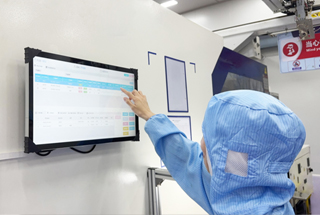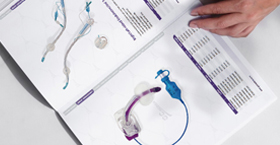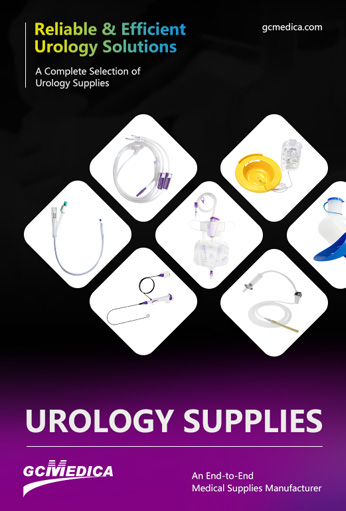A Foley catheter with drainage bag is a common indwelling urinary catheter system used to manage urinary retention, monitor output, and assist patients who cannot void independently. Typically composed of a soft, flexible tube inserted into the bladder via the urethra and secured by an inflatable balloon, it connects to a drainage bag to collect urine continuously. Indications include acute urinary retention, perioperative bladder management, critical-care monitoring, and palliative care. Proper nursing care is essential to minimize complications such as infection, blockage, or urethral trauma.
The strengths of this system are continuous monitoring of urine output, reduced need for frequent bed transfers, and improved comfort compared to intermittent catheterization. However, risks include catheter-associated urinary tract infections (CAUTI), catheter blockage by sediment, and possible balloon malfunction. To ensure safe use, health-care providers must adhere strictly to aseptic insertion techniques, routine drainage-bag emptying, and regular perineal hygiene. Patient comfort can be enhanced by securing the catheter tubing to the inner thigh with medical tape and ensuring the drainage bag remains below bladder level to promote gravity drainage.
Below is a concise table summarizing key components, indications, and routine care for Foley catheter systems:
| Aspect | Details |
|---|---|
| Catheter Size | 12 Fr–18 Fr (children: 6 Fr–10 Fr; adults: typically 14 Fr or 16 Fr) |
| Balloon Volume | 5–30 mL sterile water (commonly 10 mL for adult Foley) |
| Material | Silicone or latex with hydrophilic coating |
| Drainage Bag Capacity | 500 mL–2 L; may include night drainage bag (2 L) |
| Indications | Urinary retention, perioperative care, accurate output measurement, immobility |
| Key Care Steps | – Aseptic insertion – Secure tubing below bladder level – Empty bag every 8 hrs or PRN |
| Complication Prevention | – Daily perineal care – Closed drainage system – Avoid kinks and tension on tubing |
| Monitoring | Urine color, volume (measure every 8 hrs), character (cloudiness, sediment, blood), patency |
For optimal outcomes, interdisciplinary collaboration among nurses, physicians, and patients is vital. Education on signs of infection, such as fever or suprapubic discomfort, empowers patients to report early. Regular assessment of catheter necessity helps reduce indwelling time and associated risks. With diligent care, a Foley catheter with drainage bag remains a safe, effective tool for urinary management in diverse clinical settings.
| Urology Supplies > |


 Français
Français Español
Español Products
Products

 About Us
About Us












